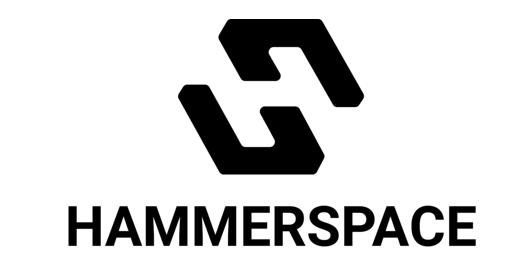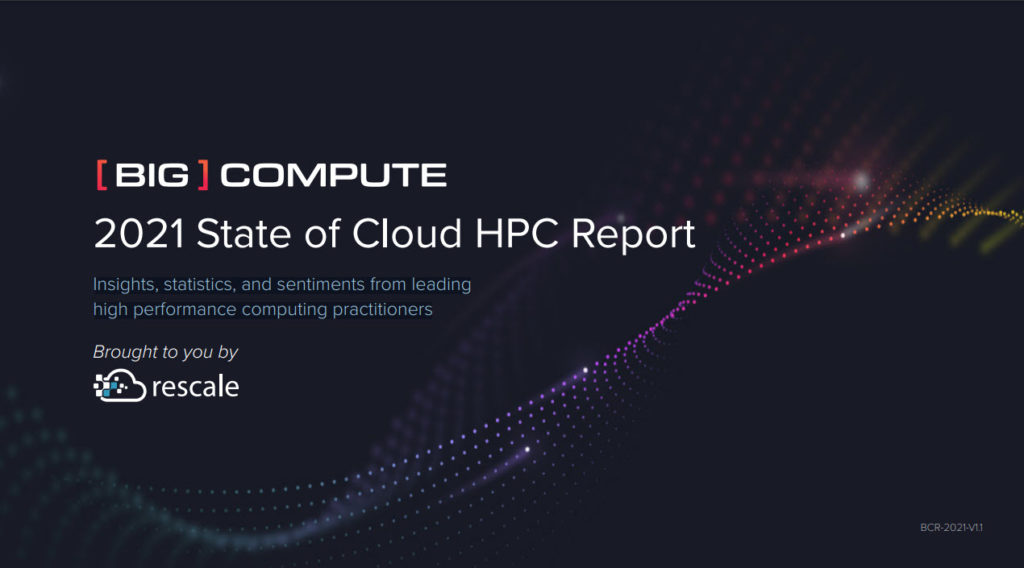 For at least four years, Lenovo has been vocal about its high ambitions in high performance computing, and by all appearances the company is progressing toward its objectives. This is the eighth year since China-based Lenovo purchased IBM’s Intel x86-based server business, an acquisition that marked the company’s entrance into HPC, and despite some U.S. federal market sector sales requirements placed on the company, Lenovo has marched forward among leading major HPC server vendors.
For at least four years, Lenovo has been vocal about its high ambitions in high performance computing, and by all appearances the company is progressing toward its objectives. This is the eighth year since China-based Lenovo purchased IBM’s Intel x86-based server business, an acquisition that marked the company’s entrance into HPC, and despite some U.S. federal market sector sales requirements placed on the company, Lenovo has marched forward among leading major HPC server vendors.
We recently talked with Noam Rosen, Director, HPC & AI, Infrastructure Solutions Group, EMEA , about the company’s recent achievements in HPC that it will feature during ISC, achievement that include:
- The company’s execution of its HPC strategy, he said, which is to “continued to deliver a diversified, state-of-the-art HPC portfolio that support our vision, what we call ‘Exascale to Every Scale.’”
- Solid financial performance: Rosen said that in its last quarterly earnings report, Lenovo’s HPC revenue grew by 32 percent YoY. “We entered last year believing that it would be a breakout year for us in HPC,” Rosen said. “We saw significant headwinds…,” he said, not the least of which was COVID-19, along with disruption in shipments from suppliers. “However, our (EMEA) team, specifically in HPC, had a very year with outstanding results in all financial areas, revenue, gross profit…, despite all the challenges.
On the server and contract wins front, Rosen cited Lenovo’s work with AMD and Intel.
 In March, the company’s Data Center Group launched HPC servers leveraging AMD’s new EPYC 7003 Series 7nm CPUs – ThinkSystem and ThinkAgile hyperconverged infrastructure (HCI) solutions to support edge-to-cloud computing.
In March, the company’s Data Center Group launched HPC servers leveraging AMD’s new EPYC 7003 Series 7nm CPUs – ThinkSystem and ThinkAgile hyperconverged infrastructure (HCI) solutions to support edge-to-cloud computing.
In addition, the Lenovo-AMD tandem is partnering to deliver what is expected to be the Netherland’s most powerful supercomputer for SURF, the ICT cooperative for education and research. The €20 million project, which began earlier this year, is intended to support scientists from more than 100 education and research institutions handling complex calculations across meteorology, astrophysics, medical and social sciences and materials and earth sciences, such as climate change research.
The system, Rosen said, “will be a mix of current generation of AMD EPYCs as well as next generation warm water cooled EPYC processors, what will be considered to be the fourth generation of AMD EPYCs next year. It will also include next generation, high speed NVME interconnect from Nvidia…with 3PFLOPS of Nvidia accelerated partitioning for artificial intelligence and machine learning workloads, as well as almost 10 petabytes of Lenovo high performance storage. This will become the first supercomputer in Netherlands that will achieve 14PFLOPS.”
 As for Intel, Lenovo launched ThinkSystem servers utilizing Intel’s 3rd Gen Intel Xeon Scalable data center chips, code named “Ice Lake,” when the chips were introduced in April.
As for Intel, Lenovo launched ThinkSystem servers utilizing Intel’s 3rd Gen Intel Xeon Scalable data center chips, code named “Ice Lake,” when the chips were introduced in April.
“We’ve been able to deliver major deployments already on Ice Lake, which were among the first in Europe for HPC,” Rosen said. “We are very proud of that.”
Working in partnership with Intel, Lenovo and the Leibniz Supercomputing Center (LRZ) of the Bavarian Academy of Sciences and Humanities, announced earlier this month Phase Two of the LRZ’s SuperMUC-NG supercomputer, which will deliver integrated solutions to the LRZ user community utilizing AI to implement advanced simulations, modelling and data analytics. It is a second phase expansion of SuperMUC-NG, part of the Gauss Center for Supercomputing (GCS).
“Today we are witnessing a significant shift in in ways HPC workloads and AI converge,” Rosen said, “we see a lot of powerful synergy between the two at LRZ.” Phase two of SuperMUC-NG, he said, will focus on the system’s AI capabilities incorporating is hundreds of nodes outfitted with Intel’s next generation “Sapphire Rapides” Xeon server processors based on the 3rd refinement of the 10nm process, along with Intel upcoming “Ponte Vecchio” GPU, integrated in nodes water cooled with Lenovo Neptune technology. The system also will utilize Intel DAOS high performance storage.
“It’s very well suited for highly scalable compute and data intensive workloads, especially AI applications. DAOS is an open source, software defined object store and designed from the ground up for massive distributed non-volatile memory. It’s an essential part of a multi-year strategic partnership that we have with Intel for LRZ.”
Lenovo water cooling technology “allow us to deliver up to 2PFLOPS of compute power direct with the currently available technology,” Rosen said. “We are among the first to bring this type of direct liquid warm water cooling for GPUs in the market, especially in in Europe.”
Other customer wins over the last year-plus include a 17PFLOPS supercomputer at Karlsruhe Institute of Technology (KIT) in Germany. Called HoreKa, the system went online last fall, a contract reportedly on the order of €15 million. The hybrid system has nearly 60,000 next-generation Intel Xeon Scalable processor cores and 220 terabytes of main memory as well as 740 Nvidia A100 Tensor Core GPUs. A non-blocking NVIDIA Mellanox InfiniBand HDR network with 200 GBit/s per port is used for communication between the nodes.
 Last July, Lenovo announced it was standing up a Neptune liquid cooled supercomputer at the Max Planck Society, a €20 million project includes a 100,000-core Neptune comprised of Lenovo ThinkSystem servers with Intel CPUs and Nvidia Tesla A100 GPUs, software and operational support, increasing the society’s the aggregate peak performance in its HPC complex to 12 PFLOPS. The HPC cluster is water-cooled in two stages – in the first stage, essential components of the boards are cooled with liquid circulated copper piping; in the second stage, the racks are cooled using the Lenovo Rear Door Heat Exchanger (water-cooled rear doors) to dissipate 100 percent of the convection waste heat into the water.
Last July, Lenovo announced it was standing up a Neptune liquid cooled supercomputer at the Max Planck Society, a €20 million project includes a 100,000-core Neptune comprised of Lenovo ThinkSystem servers with Intel CPUs and Nvidia Tesla A100 GPUs, software and operational support, increasing the society’s the aggregate peak performance in its HPC complex to 12 PFLOPS. The HPC cluster is water-cooled in two stages – in the first stage, essential components of the boards are cooled with liquid circulated copper piping; in the second stage, the racks are cooled using the Lenovo Rear Door Heat Exchanger (water-cooled rear doors) to dissipate 100 percent of the convection waste heat into the water.
Rosen also discussed a joint project Lenovo is engaged in with an Israel-based AI chip maker, NextSilicon, that is creating a buzz. This project will build a testbed at the University of Birmingham featuring NextSilicon’s novel accelerator technology as part of a co-design partnership. The project will evaluate the performance of the main codes used by UK Research & Innovation (UKRI) researchers, with emphasis on evaluating algorithm classes used in supercomputing and data science, as well as other HPC apps.
The testbeds are part of the ExCALIBUR program, a £45.7M initiative from the UK government’s Strategic Priorities Fund led by the Met Office, UK Research and Innovation (UKRI) with the UK Atomic Energy Authority (UKAEA) and is the UK’s Exascale program through the end of 2024.
“We consider that the trends in supercomputing for the next decade and beyond that will be driven by disaggregation,” Rosen said, “and enabled by network improvement and even greater (processor) specialization. What also will be super important is obviously the power management, the energy efficiency, the cooling and reducing the operational cost of systems.
“Just to give you one example of an innovative technology that we are working to bring into the market with a specific partner is … NextSilicon…,” he said, “to integrate different technologies of exascale level computing for different organizations. We are also working very closely with some of the very promising technology startups….”
He said Lenovo and NextSilicon are optimizing that company’s first generation processors for upcoming Lenovo HPC-class systems and conducting an Early Access Program with supercomputing centers to develop application porting, tuning and hardware evaluation. “This is enabling us to host NextSilicon technology to some of our mutual customers and prepare best-in-class system solutions for next year so that they are ready for production.”



